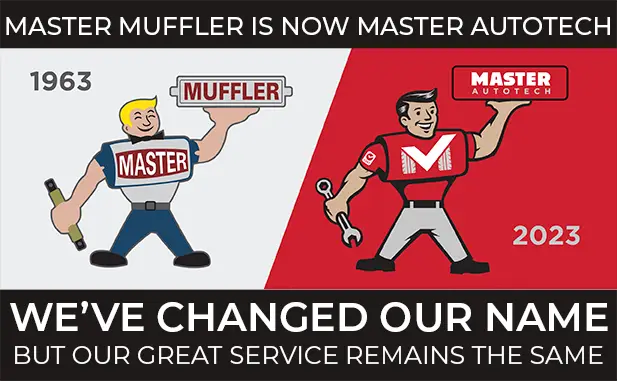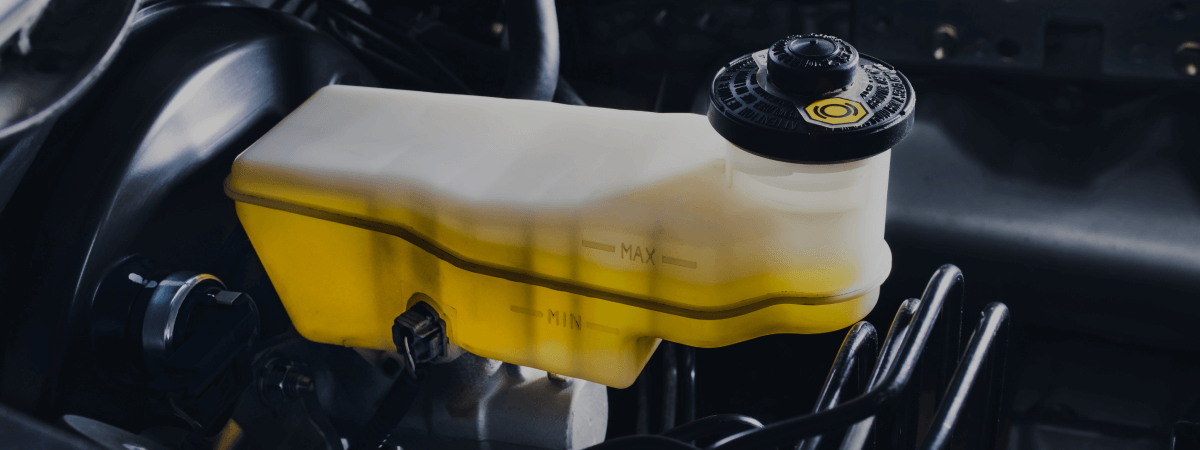As one of the top 10 longest running American car models, the Ford Mustang has made a deep mark in history, and it isn’t going away anytime soon. From the time the Mustang debuted in the 1964 World’s Fair in New York City, it was an instant success, racking up 1 million sales in its first two years, $22,000 of which were on its first day. Ford Mustang continues to be a household name, enjoying success and popularity in a unique way.
The Original Pony
1964 brought about a whole new class of car referred to as the pony car. These muscle cars features long hoods, short trunks, and big block engines that would remain popular for years, and usher in the glory days of the American muscle car. Plymouth purists argue that the Barracuda was truly the first pony car, being released two weeks before the Mustang, but the Mustang’s instant popularity ended up coining the name for the class of cars. The early release of the Mustang is the reason the original model is often referred to as a 1964 ½. Mustang gained additional attention when it won the job of the pace car for the Indy 500 in 1964.
Changing With the Times
Ford Mustangs were a hit the day they came off the line, and continue to be a highly desired vehicle today. Although some were destined for the scrapheap of history, each model year was popular for its time, and there have been many unforgettable classics along the way. Mustangs have been so successful because they’ve changed with the times. The cars increased in size until 1974, when they were scaled back to a more economical size. They suffered a loss in power as well, but this was remedied with the Mustang 5.0 in 1985, which was capable of up to 210 hp, in a lightweight package. Each significant body style change Mustang has gone through since has been praised by critics, and eaten up by consumers.
Putting out More Power
High-end customizations have kept Mustang enthusiasts interested over the years, and made collectors right on down the line. The original 1965 Mustangs had the option of a GT package created by Carroll Shelby, which packed a roaring 306 hp V8. Other souped up engines would follow, including the Cobra Jet beginning in 1969. The Boss 429 engines were built to qualify the Mustang for NASCAR racing standards, and of course, the 5.0l of the 80s were legendary for reinventing American muscle. Modern Mustangs include some of the same customized packages, such as the Shelby, but are capable of producing a whopping 305 hp in the GT model.
Related Posts
Key Takeaways On average, passenger vehicle tires last 40,000 to 60,000 miles, depending on type, driving habits, and maintenance. Replace tires when tread depth reaches 2/32”, if damaged, or older than 10 years. Regular rotation, alignment, and proper inflation extend tire life. Aggressive driving, poor roads, and harsh weather shorten tire lifespan. Take advantage [...]
When you think about car maintenance, you probably focus on oil changes, tire rotations, and maybe even brake pad replacement. But what about your brake fluid? If you’ve ever wondered, “What does brake fluid do?” or “Why is brake fluid important?”, you’re not alone. Brake fluid might not be the most talked-about part of [...]
Is that high-pitched squeal from your brakes driving you—and everyone else—crazy? Don’t ignore it. Squeaky brakes aren’t just annoying, they’re your car’s way of saying something needs attention. Whether you're cruising through Salt Lake City or winding up Idaho’s mountain passes, here’s what’s likely going on, how you can fix it, and when it [...]





